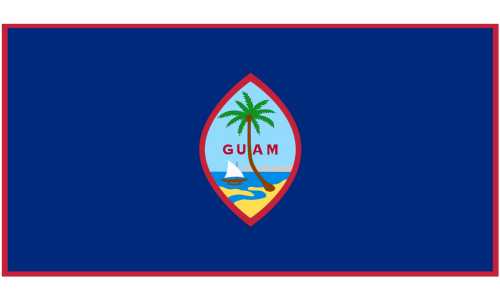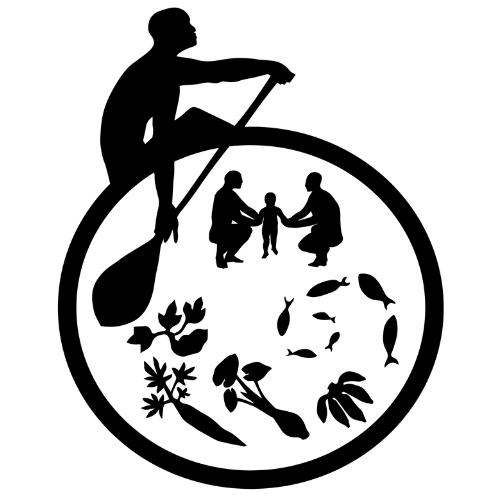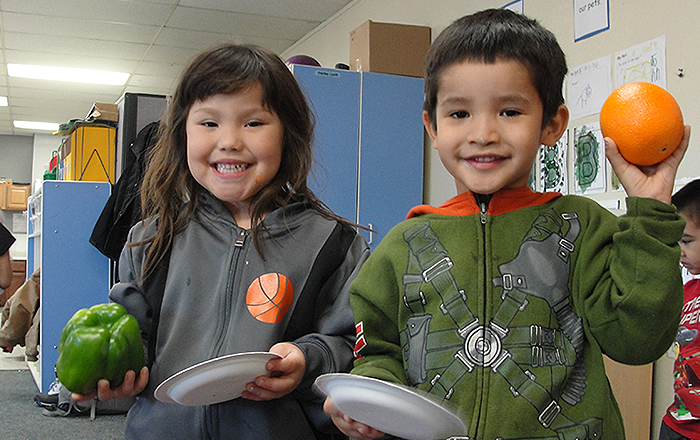
GUAM
Population
Total: 169,330 (2023 est.)
Age Structure: 0-14 years: 26.64%, 15-64 years: 62.85%, 65 years and over: 10.51% (2023 est.)
Population by gender: male 50.9%, female 49.1% (2020 DECIA)
Urbanization: Urban population: 95.2% of total population (2022 est.)
Rate of urbanization: 0.84% annual rate of change (2020-2025 est.)
Total fertility rate: 2.76 children born/woman (2023 est.)
Diabetes rate: Prevalence (age-adjusted 20-79 years) – 19.1% (2021); proportion of people with undiagnosed diabetes – 45.5% (2021)
Drink water source: improved – 99.7% of population; unimproved – 0.3% of population (2020 est.)
Sanitation facility access: improved – 89.8% of population; unimproved – 10.2% of population (2015 est.)
Ethnicity: Chamorro 37.3%, Filipino 26.3%, White 7.1%, Chuukese 7%, Korean 2.2%, other Pacific Islander 2%, other Asian 2%, Chinese 1.6%, Palauan 1.6%, Japanese 1.5%, Pohnpeian 1.4%, mixed 9.4%, other 0.6% (2010 est.)
Languages: English 43.6%, Filipino 21.2%, Chamorro 17.8%, other Pacific island languages 10%, Asian languages 6.3%, other 1.1% (2010 est.)
Literacy: Adults (percent of people ages 15 and above) – 100% (2010 est.)
Economy
Real GDP: $5.793 billion (2016 est.)
GDP per capita: $35,600 (2016)
GDP composition by sector of origin: agriculture N/A, industry N/A, services 58.4% (2015 est.)
Labor force by occupation: agriculture (0.3%), industry (21.6%), services (78.1%) (2013 est.)
Unemployment rate: 6.98% (2021 est.)
Poverty: 16.8% (2019 est.)
WIC: $76.35 average monthly benefit per person (preliminary FY2022)
Agricultural Product: fruits, copra, vegetables; eggs, pork, poultry, beef
Top Industries: national defense, tourism, construction, transshipment services, concrete products, printing and publishing, food processing, textiles
Exports: $1.124 billion (2016 est.); scrap iron, scrap copper, boring/sinking machinery, leather handbags, rubber, scrap aluminum (2021)
Imports: $2.964 billion (2016 est.); refined petroleum, trunks/cases, cars, insulated wire, broadcasting equipment (2019)
Transportation
Airport (5 (4 with paved runways, 1 with unpaved runway)), Roadways (1045 km), Merchant marine (3), Ports and terminals (major seaport at Apra Harbor)
Geography
Land: 544 sq km
Natural Resource: aquatic wildlife (supporting tourism), fishing (largely undeveloped)
Land Use: agricultural land (33.4%) – arable land (1.9%), permanent crops (16.7%), permanent pasture (14.8%); forest (47.9%); other (18.7%) (2018 est.)
Climate: tropical marine; generally warm and humid, moderated by northeast trade winds; dry season (January to June), rainy season (July to December); little seasonal temperature variation
Environmental-current issue: fresh water scarcity; reef damage; inadequate sewage treatment; extermination of native bird populations by the rapid proliferation of the brown tree snake, an exotic, invasive species

